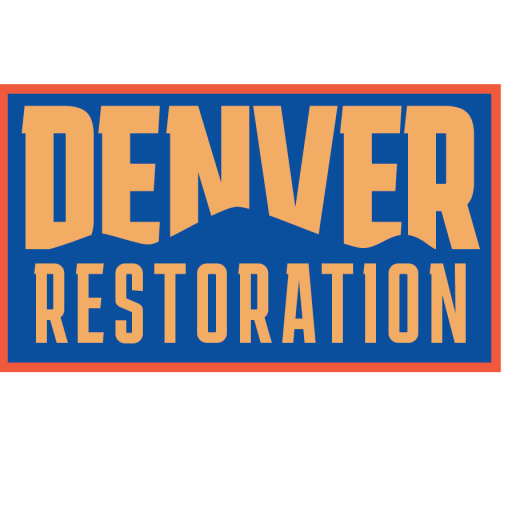1. Delaying the Restoration Process
One of the biggest mistakes homeowners make is waiting too long to address storm damage. The longer you delay, the worse the damage becomes. Water intrusion can lead to mold growth, structural weakening, and costly repairs.
Friendly Advice: Act quickly after a storm to minimize damage. Begin with a thorough inspection of your property to identify visible and hidden issues. Learn about signs of water damage to catch problems early.
Pro Tip: Watch this YouTube video to learn how professionals handle storm damage inspections.
2. Ignoring Hidden Damage
Storm damage isn’t always obvious. Cracks in the foundation, leaks in the attic, and damaged insulation are often overlooked. Ignoring these can lead to long-term issues.
Friendly Advice: Use tools like moisture meters or hire professionals to perform a detailed assessment. Hidden damage can cost you more in the future if left untreated. Check out this guide on assessing storm damage.
Pro Tip: Infrared cameras can help detect moisture behind walls and ceilings, ensuring no damage goes unnoticed.
3. Skipping Professional Help
While DIY solutions can work for minor problems, storm damage restoration often requires specialized expertise. Skipping professional help can lead to incomplete repairs and recurring issues.
Friendly Advice: Hire certified restoration professionals in Denver who understand local weather challenges and building codes. Look for providers certified by the IICRC for trusted expertise.
Pro Tip: Use platforms like Angi to find top-rated storm restoration services in your area.
4. Using Temporary Fixes as Permanent Solutions
Temporary fixes like tarps or duct tape are essential for immediate protection but are not long-term solutions. Relying on these can worsen the damage over time.
Friendly Advice: Invest in permanent repairs as soon as possible. For example, replace damaged shingles instead of patching them temporarily. Learn about roof repair options.
Pro Tip: Professionals can combine temporary measures with a plan for permanent repairs, giving you peace of mind.
5. Neglecting Mold Prevention
Water intrusion during storms creates the perfect environment for mold growth, which can spread quickly and pose health risks.
Friendly Advice: Address water damage immediately and use mold-resistant materials for repairs. Keep an eye on signs of mold growth to catch it early.
Pro Tip: Watch this YouTube video on mold prevention tips from restoration experts.
6. Filing Insurance Claims Incorrectly
Filing an insurance claim can be confusing and overwhelming. Mistakes during this process can delay your coverage or leave you with out-of-pocket expenses.
Friendly Advice: Document all damage thoroughly with photos and receipts. Work with a restoration provider experienced in navigating insurance claims. Learn more about filing storm damage insurance claims.
Pro Tip: Many restoration companies offer assistance with claims to make the process smoother.
7. Overlooking Drainage Issues
Improper drainage is a common cause of recurring storm damage. Clogged gutters or poorly graded landscapes can direct water toward your foundation.
Friendly Advice: Regularly clean your gutters and ensure your property slopes away from your home. Installing a French drain can be a great long-term solution. Learn more about French drains.
8. Not Preparing for Future Storms
Failing to implement preventative measures leaves your property vulnerable to future damage.
Friendly Advice: Invest in storm-resistant windows, impact-resistant shingles, and a backup sump pump. These upgrades can save you thousands in repair costs over time. Explore storm-proofing your home.
Pro Tip: A proactive approach not only protects your property but also lowers insurance premiums.
9. Forgetting About Energy Efficiency
Restoration is an opportunity to improve your home’s energy efficiency, but many overlook this aspect.
Friendly Advice: Consider energy-efficient insulation, windows, and HVAC systems during repairs. These improvements reduce long-term utility costs and increase property value. Check out Energy Star-certified products for your restoration needs.
10. Choosing the Wrong Contractors
Not all contractors are created equal. Hiring inexperienced or unlicensed providers can lead to subpar results and additional costs.
Friendly Advice: Verify licenses, read reviews, and ask for references before hiring a contractor. Choose local experts who understand Denver’s unique challenges. Learn how to vet contractors here.
Pro Tip: Local contractors are more familiar with Denver’s climate and building requirements, ensuring better results.
Final Thoughts
Storm damage restoration doesn’t have to be overwhelming. By avoiding these common mistakes and taking a proactive approach, Denver homeowners can ensure their property is restored efficiently and effectively. Whether it’s addressing hidden damage, filing insurance claims correctly, or investing in preventive measures, knowledge is your best tool.
If you’re unsure where to start, work with trusted professionals who can guide you through the process and help you rebuild with confidence. Remember, every challenge is an opportunity to strengthen your home and make it more resilient for the future.

